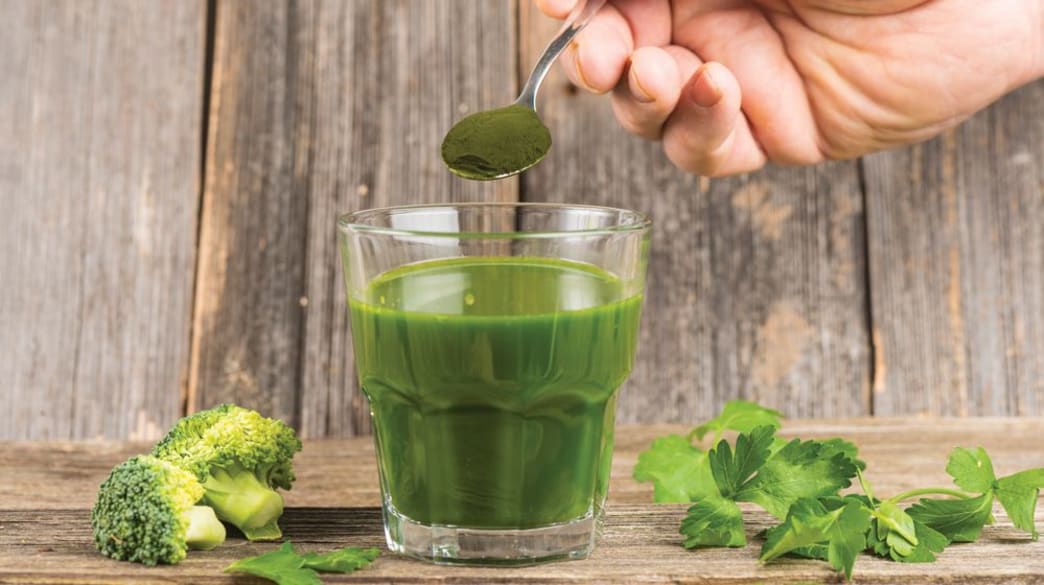
5 Supplements for Arthritis
If you have arthritis—or know someone who does—you know how painful it can be.
And for many people, dealing with sore, swollen joints is a daily reality. Arthritis is simply inflammation of a joint, usually accompanied by swelling, stiffness, and pain. It can be caused by a variety of things, including infection, degenerative changes, trauma, injury, or metabolic disturbances. While there are more than 100 different types of arthritis, the most common is osteoarthritis, caused by basic wear and tear on the joints over time.
When cartilage in the joints wears down, eventually you’re left with little or no shock absorber—just bone rubbing on bone. That hurts. And over time, this rubbing will damage the joint. Any joint can be affected; though it's common in the knees, arthritis can also affect the hips, neck, lower spine, hands, and feet. About two-thirds of all folks over age 65 have physical signs of arthritis that you can see on X-rays, even if they have no symptoms.
“When dealing with arthritis, it’s a rebuilding process involving a series of layers,” says Chris Crawford, VP of Education at LifeSeasons in Texas. “There’s that first layer of pain, a second layer of inflammation, and then at the core, most people have some degenerative issues going.” You need specific remedies to address these layers, says Crawford. Keep in mind, says Crawford, that there is no one-size-fits all when it comes to natural pain relief. Start with the following clinically studied natural remedies:
5 **Arthritis Aids

1. Glucosamine sulfate is naturally synthesized in the body, and is a basic building block of connective tissue. Although we have an ample amount of the stuff when we're young, we lose some as we age, leading to the thinning of cartilage that frequently progresses to osteoarthritis. Though glucosamine can't bring cartilage back, it can help prevent further loss, as well as reduce symptoms such as pain, swelling, and joint stiffness. “We’re in this kind of ‘turmeric’ phase as a society right now, but it’s also important to address that rebuilding process when you’re looking for arthritis pain relief,” says Crawford. “Glucosamine brings back in that rebuilding phase, whereas turmeric is targeting inflammation.”
2. Chondroitin sulfate is another building block of connective tissue that actually stimulates the cartilage cells. It works beautifully when paired with glucosamine to speed the regeneration and recovery of bone tissues.
Many studies have shown that glucosamine and/or chondroitin are beneficial in helping repair damage caused by osteoarthritis. For example, the Annual Scientific Meeting of the American College of Rheumatology reported that the combination of glucosamine and chondroitin is at least as effective as the drug Celebrex in treating pain caused by moderate to severe osteoarthritis.
3. Collagen makes up a major portion of the cartilage that cushions joints. Unfortunately, as in the case of glucosamine, the body makes less as we age, which can lead to weakening of the connective tissue. Supplemental collagen helps renew cartilage by providing the building blocks to stimulate the body’s natural collagen production.
For osteoarthritis, studies have found that collagen improves joint comfort and mobility, and can reduce inflammation in both osteoarthritis and rheumatoid arthritis, an autoimmune condition in which inflammation causes joint pain, stiffness, and swelling.
4. Turmeric (especially its active ingredient curcumin) is a potent way to reduce the inflammation that underlies joint pain. “Turmeric is great for long-term use to help reduce and heal inflammation,” says Crawford. One study, published in The Journal of Complementary and Alternative Medicine, compared curcumin with ibuprofen among 107 people with osteoarthritis in the knee. Both groups saw equal improvement in symptoms at all points during a six-week period, making turmeric an excellent alternative to the conventional pain reliever—without the side effects associated with ibuprofen.
In another study, people with mild to moderate knee osteoarthritis who took curcumin experienced significantly reduced pain and improved knee function compared to those who took a placebo. The study, published in Phytotherapy Research, concluded that curcumin is a “safe and effective alternative treatment” for osteoarthritis.
5. MSM is a popular natural pain reliever that protects cartilage by reducing damaging inflammation. It has been shown to reduce osteoarthritis symptoms in research published in Clinical Drug Investigation and other journals. Lab and animal research has also shown that MSM protects cartilage and other tissue surrounding joints from degradation.
MSM is thought to be effective in part because it is a key source of sulfur, and numerous studies have demonstrated that sulfur is important for joint function. While sulfur is readily available in egg yolks, cabbage, broccoli, cauliflower, Brussels sprouts, kale, collards, asparagus, onions, and garlic, an article in Nutrition & Metabolism found that many people, especially seniors, don't get enough from their diets. Supplementation with MSM may be particularly helpful in these cases.
“Also note that natural remedies work best when taken over time, allowing a buildup of beneficial compounds to help repair and restore joints,” says Crawford.
Why a Combination Formula Is Best
While each is effective on its own, these natural solutions work synergistically and are best taken together in combination formulas designed to target the inflammation and pain associated with arthritis. For example, several studies have shown that a combination of MSM and glucosamine works to treat arthritis pain better than either nutrient alone.
Written by betternut-editor for Better Nutrition and legally licensed through the Matcha publisher network. Please direct all licensing questions to legal@getmatcha.com.

